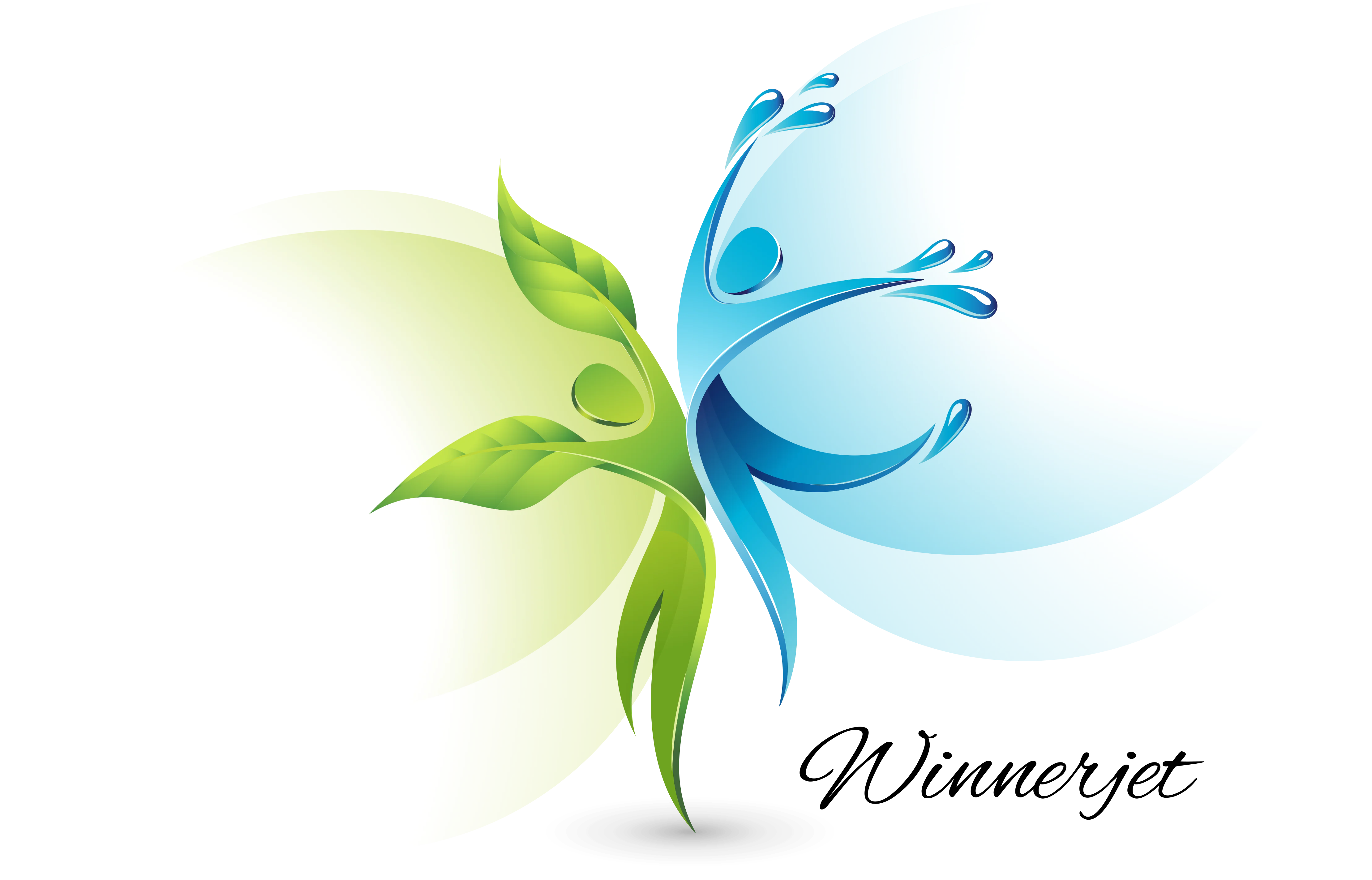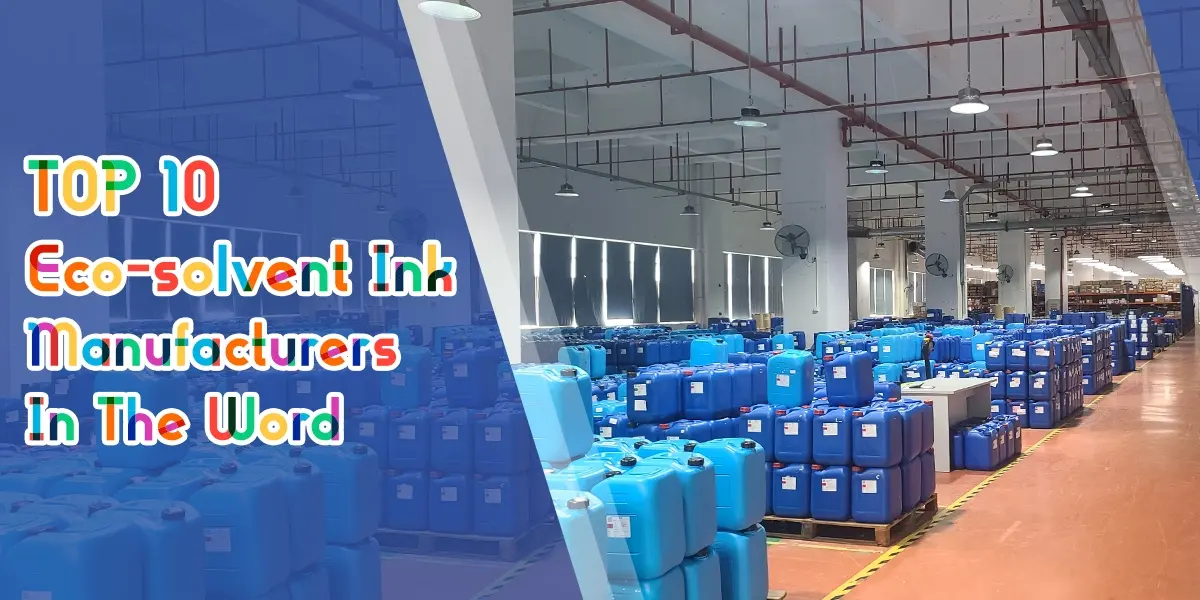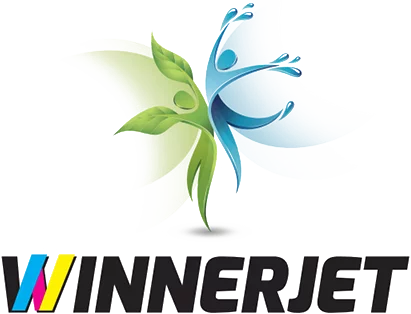DTF printing is becoming increasingly popular, and DTF powder is an important material. This paper discusses the main differences between white DTF powder and black DTF powder and analyses their properties, application scenarios, and printing effects.
White DTF Powder
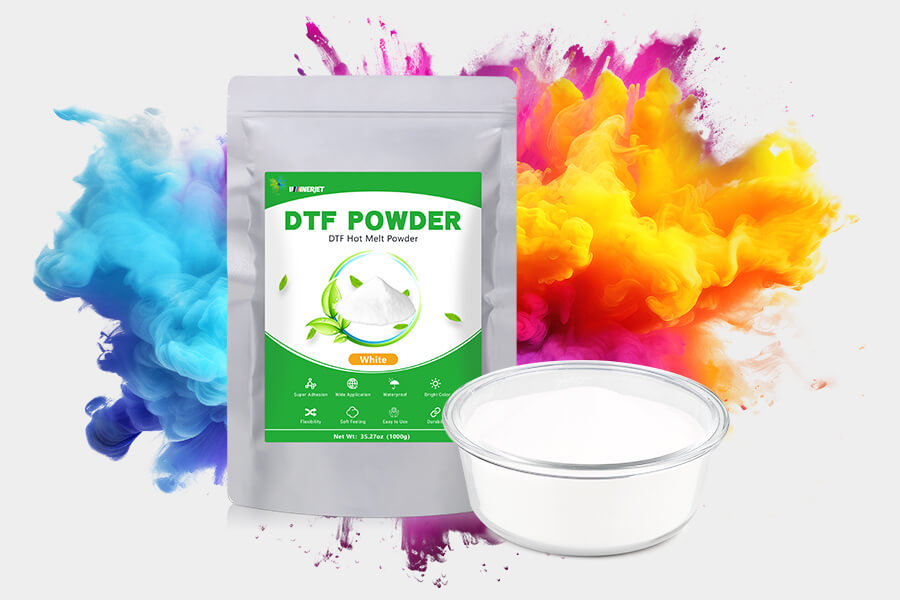
DTF white powders are typically made from a blend of polymers, resins, and other additives that work together to make the powder easy to apply when ground into a powder form and can melt when heated to form a strong bond.
Black DTF Powder
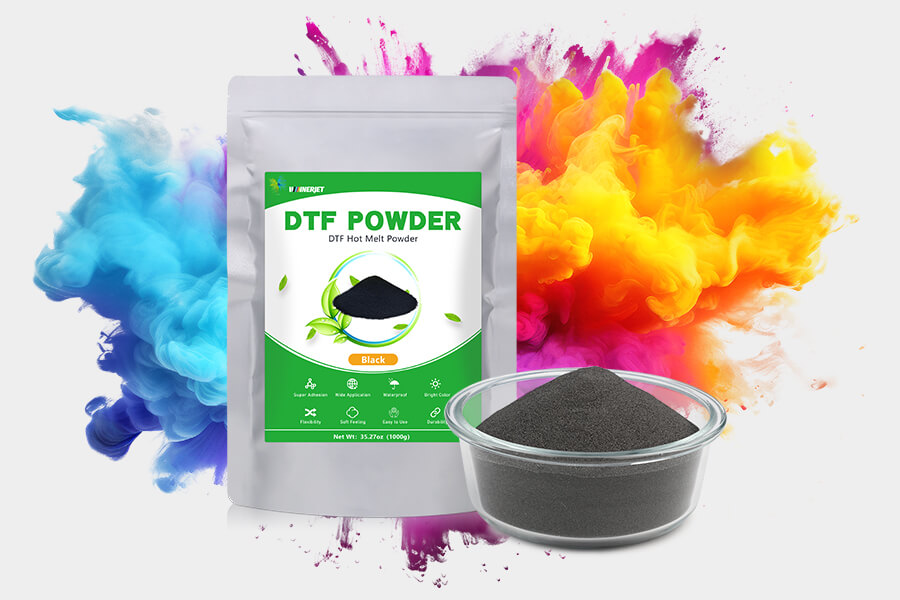
DTF Black powder is a thermoplastic polyurethane (TPU) hot melt adhesive powder made primarily from high-purity polyurethane, containing rubber powder and activated charcoal, ingredients that make it excellent at preventing sublimation and blocking out dark fabric colors.
White DTF Powder VS Black DTF Powder
White and black DTF powders have similarities and many differences; follow us to compare them.
| Comparison | White DTF Powder | Black DTF Powder |
| Colors | White | Black |
| Particle Size | Larger particle size for light-coloured fabrics to ensure vibrant colors. | Smaller particle size with activated charcoal for dark-colored fabrics to prevent. |
| Fabric Compatibility | Suitable for all colors of fabrics, especially for light colors, providing good adhesion and opacity. | Suitable for dark fabrics, it prevents fabric colors from penetrating through the print and ensures vibrant colors in the print. |
| Scenarios | For light backgrounds where bright and vivid colors are required. | For dark backgrounds to enhance contrast and ensure design visibility. |
| Adhesion | Excellent performance, ensuring that the integrity of the print is maintained on the fabric for a long period. | Strong adhesion, especially on natural fibers. |
| Additional Layers | Requires fewer additional coats to achieve the desired opacity and vibrancy. | Requires more additional coatings to achieve the same coverage and vibrancy as white powder. |
| Durability | High wash durability to keep colors vibrant. | Excellent durability, especially on dark-colored fabrics. |
| Cost | Generally more cost-effective for lighter-colored designs. | It may be slightly more expensive due to special formulations. |
| Heat transfer | Requires only moderate heat to apply. | Higher heat settings may be required for optimum adhesion. |
| Design Versatility | Suitable for a wide range of designs. | Limited to darker themes but effective on bold patterns. |
| Environmental Impact | Often uses environmentally friendly materials. | Similar eco-friendly options are available. |
How to choose the right DTF Powder?
In summary, white and black DTF powders are suitable for different printing needs due to their different properties. White powders are used in light-colored fabrics to provide vibrant colors and vivid details. Black DTF powder, when used on dark-colored fabrics, is suitable for bold designs and offers excellent durability.
Black and white powders are constantly evolving as technology advances, so match your business with the corresponding powder to make your work even better.
FAQS
What is black DTF powder used for?
Use dark fabrics for bold and intricate pattern designs.
Can you use DTF powder on sublimation paper?
No, because the coating and activation mechanisms between them are not compatible. Applying DTF powder to sublimation paper may result in poor results and material waste.
Is DTF powder toxic?
No, but you should wear a mask or face shield when using it to avoid inhaling the powder.
